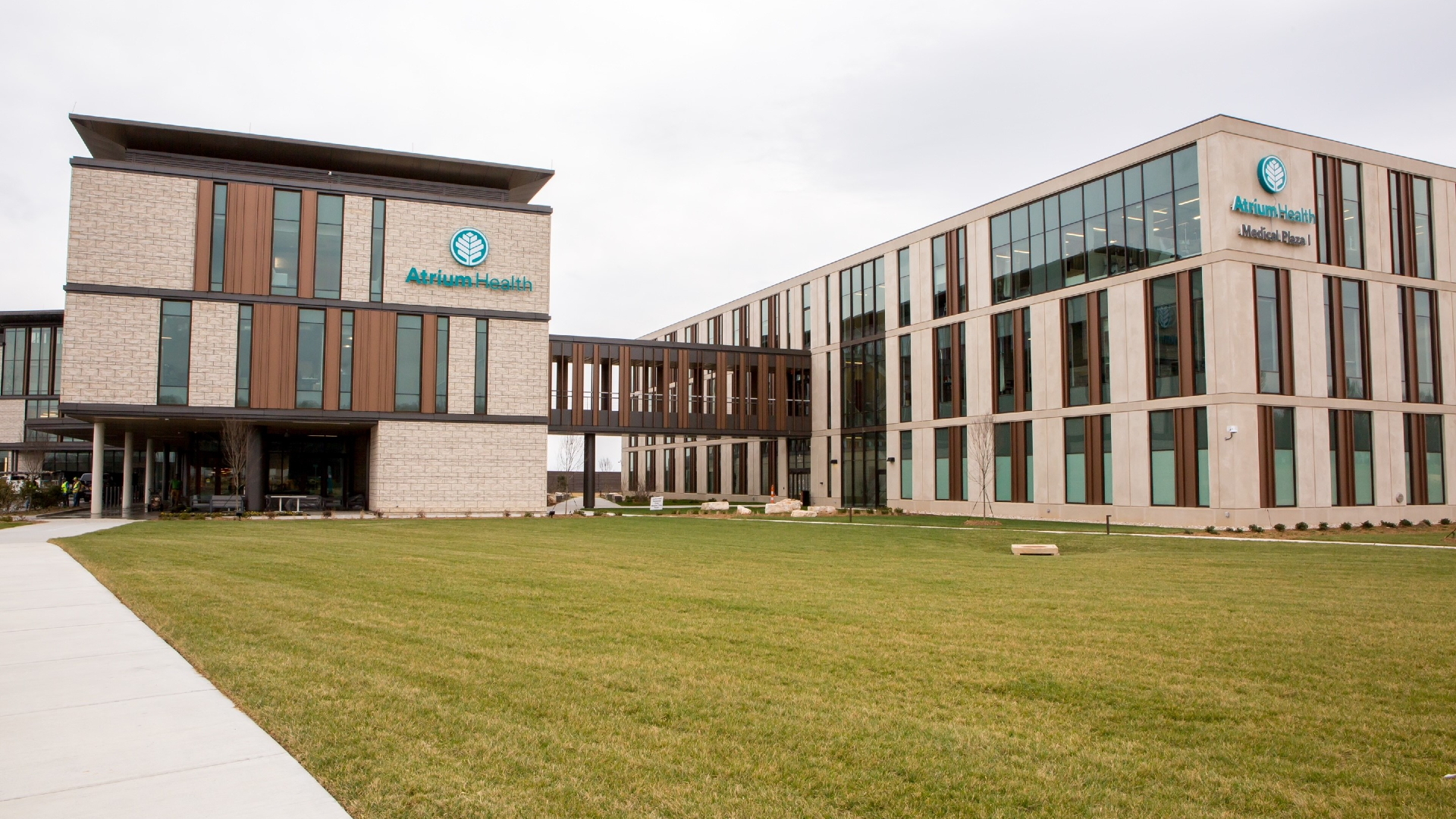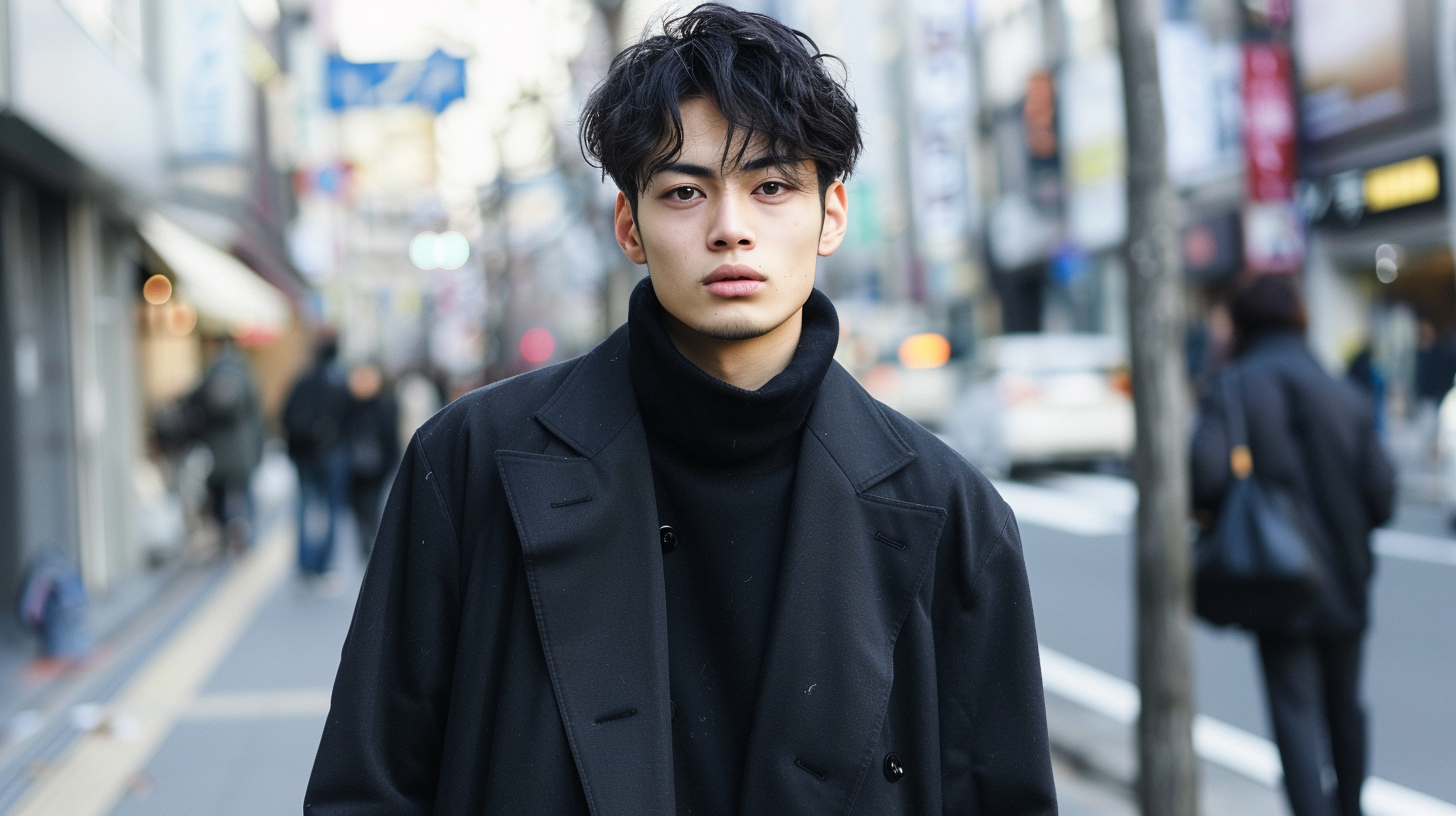Fashion is more than just clothing; it’s a form of art, a means of self-expression, and a reflection of culture and society. From the ancient civilizations to the modern era, fashion limberbutt2016.com has continually evolved, shaping and being shaped by the world around it.
What is fashion?
Fashion encompasses a wide range of styles, trends, and aesthetics that individuals use to express their personalities and identities. It includes clothing, accessories, hairstyles, makeup, and even body modifications.
Evolution of fashion over time
Throughout history, fashion has been influenced by various factors such as social status, economic prosperity, technological advancements, and artistic movements. From the elaborate attire of royalty to the minimalist designs of the present day, fashion has undergone countless transformations.
Importance of Fashion
Fashion holds significant importance in both personal and societal contexts, influencing how individuals perceive themselves and others.
Personal expression
Fashion allows individuals to showcase their unique personalities and tastes through their clothing choices. Whether it’s bold and avant-garde or understated and classic, fashion enables people to communicate who they are without saying a word.
Cultural significance
Fashion serves as a reflection of cultural norms, traditions, and values. Different cultures have distinct styles of dress that are influenced by their history, geography, climate, and beliefs.
Economic impact
The fashion industry is a major global economic force, encompassing design, manufacturing, retail, and marketing. It generates billions of dollars in revenue each year and employs millions of people worldwide.
Elements of Fashion
Fashion is comprised of various elements that work together to create a cohesive look.
Clothing
Clothing is the most visible and tangible aspect of fashion, encompassing garments such as tops, bottoms, dresses, and outerwear. Fashion designers use fabric, color, texture, and silhouette to create pieces that are both stylish and functional.
Accessories
Accessories play a crucial role in enhancing and completing an outfit. They include jewelry, handbags, shoes, scarves, belts, and hats, which add flair and personality to a look.
Hairstyles
Hairstyles are an integral part of fashion, as they can dramatically alter one’s appearance and style. From sleek and polished to tousled and natural, hairstyles are a form of self-expression and creativity.
Makeup
Makeup is another tool for self-expression in fashion, allowing individuals to experiment with different colors, techniques, and styles to enhance their features and complement their outfits.
Fashion Trends
Fashion trends are constantly evolving and influenced by various factors such as cultural movements, celebrity endorsements, and social media.
High fashion vs. street style
High fashion refers to designer collections showcased on prestigious runways, while street style encompasses the everyday fashion worn by people on the streets. Both high fashion and street style influence each other, with trends often trickling down from the runway to the sidewalk.
Influential designers
Fashion designers play a pivotal role in shaping trends and pushing boundaries in the industry. From iconic names like Coco Chanel and Yves Saint Laurent to contemporary innovators like Virgil Abloh and Phoebe Philo, designers leave a lasting impact on fashion history.
Trend forecasting
Trend forecasting is a crucial aspect of the fashion industry, as it helps predict upcoming styles and consumer preferences. Fashion analysts and researchers study cultural, social, and economic trends to anticipate the direction of fashion.
Fashion Industry
The fashion industry encompasses a wide range of sectors, including design, manufacturing, retail, and marketing.
Fashion shows and events
Fashion shows are highly anticipated events that showcase the latest collections from designers. They serve as platforms for creativity, innovation, and trendsetting, drawing attention from fashion enthusiasts and industry insiders alike.
Retail and online stores
Retail stores and online platforms are where consumers can purchase fashion products. With the rise of e-commerce, online shopping has become increasingly popular, offering convenience and accessibility to shoppers worldwide.
Fashion marketing and branding
Fashion marketing plays a crucial role in promoting brands and products to consumers. It involves strategies such as advertising, social media campaigns, influencer partnerships, and brand collaborations to create awareness and drive sales.
Sustainable Fashion
In recent years, there has been a growing emphasis on sustainable fashion practices that prioritize environmental and ethical considerations.
Definition and importance
Sustainable fashion refers to clothing and accessories that are designed, produced, and consumed in an environmentally and socially responsible manner. It aims to minimize the negative impact of the fashion industry on the planet and its inhabitants.
Eco-friendly materials
Sustainable fashion utilizes eco-friendly materials such as organic cotton, hemp, bamboo, and recycled fibers. These materials are biodegradable, renewable, and require fewer resources to produce than conventional fabrics.
Ethical practices
Sustainable fashion also encompasses ethical production practices that ensure fair wages, safe working conditions, and respect for workers’ rights throughout the supply chain. Brands are increasingly transparent about their sourcing and manufacturing processes to promote accountability and trust among consumers.
Fashion and Technology
Technology has revolutionized the fashion industry, influencing everything from design and production to marketing and distribution.
Wearable technology
Wearable technology, such as smartwatches, fitness trackers, and augmented reality glasses, integrates functionality with fashion, providing users with innovative features and capabilities.
Virtual fashion experiences
Virtual fashion experiences, such as virtual fashion shows and try-on apps, enable consumers to engage with fashion digitally, regardless of their location. These immersive experiences offer convenience and accessibility while pushing the boundaries of traditional retail.







